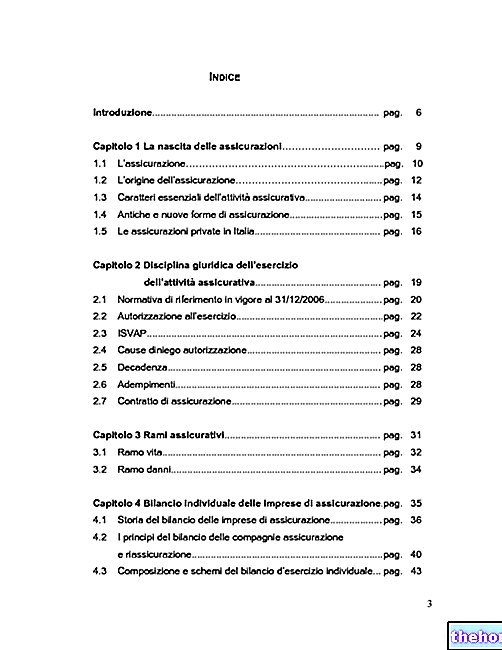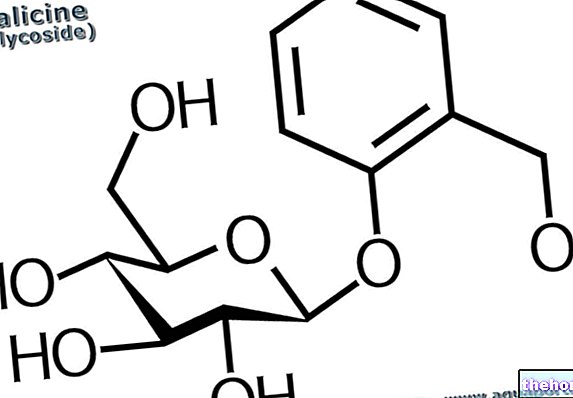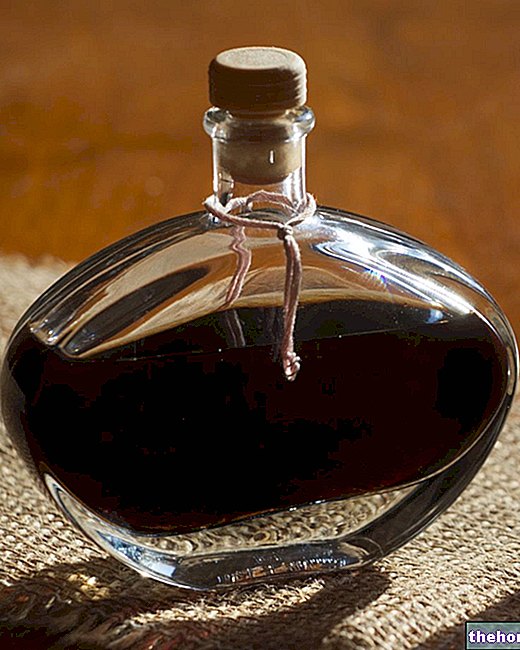Milk thistle: Silybum marianum, Composite Tubuliflore family: it is a herbaceous plant that can reach up to 2 meters in height; it has flower heads with substantially tubular flowers and is characterized by the silicized leathery surface.
The drug consists of fruits, called achenes. These fruits are characterized by a lipid fraction that must be eliminated once they have been collected; therefore, substantially, the achenes are collected from the now ripe infructescence by whisking, deprived of the pappus (attached plumous organ) and delipidized (the lipid fraction it would compromise its conservation as it can be easily oxidized).
The fruits are characterized by an important flavonoid fraction, known as silymarin. Silymarin is a set of flavonoids, called silidianina and silicristina, endowed with an "antioxidant and protective activity, aimed above all at hepatocytes. They are therefore flavonoids that exercise their antioxidant capacity in a targeted way towards the liver tissue, particularly subject to oxidative phenomena. because barrier / filter with the outside world (relative to what we ingest). The flavonoids of milk thistle boast a "further, important, action, which is associated with the antioxidant one: that of stimulation on the regeneration of hepatocytes; basically, they have an anabolic action on the metabolic function of these cells and favor their regeneration.
It is no coincidence, therefore, that milk thistle is a drug often associated with recovery therapies from hepato-degenerative disorders, such as cirrhosis. Milk thistle is often associated with boldo, an alkaloid drug, with which it has a synergistic hepato-functional property, that is, aimed at improving and toning liver function. Milk thistle is used, in association with artichoke, also in herbal formulations suitable for the regularization of digestive function.
Other articles on "Milk thistle - Silybum marianum"
- Flavonoid glycosides and anthocyanins
- Pharmacognosy
- Artichoke - Cynara scolymus




























